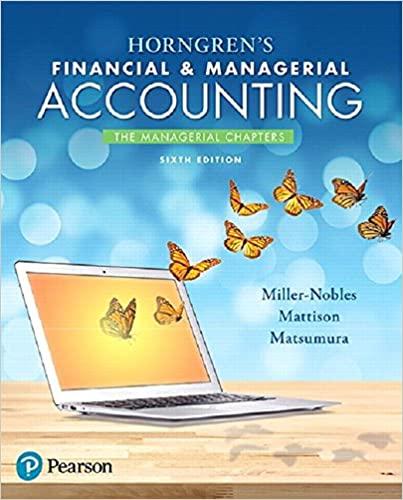Can you please show me your calculations to get the answer to the two set of question parts for this case study? Thank you.
It is April 2021, you are the Operations Manager running a profitable Auckland Business. However, you Problem Statement know that the winter months in New Zealand will negatively affect this business and therefore your metrics and profitability will be hurt for months of May, June, July. You have to make a decision that is in the best nterests of the company; You need to decide to either to keep the scooters in Auckland or ship them to our Kuala Lumpur market (which has better weather and higher trips this time of the year) Directions for answering the question We should operate the scooters in the city where we make the highest daily profit per scooter Data The Malaysia GM has shared the Malaysia Unit Economics for KL Operations for last 3 months to help you KL - L3M Unit Economics make decision You have asked your Ops associates to prepare the NZ Unit Economics for the last 3 months to help you NZ - Summer Unit Economics make the decision ou and your local team have put down some key assumptions that you think will affect the UE in NZ; you Assumptions can use these assumptions to convert Summer Unit Economics to Winter Unit Economics Will you keep the scooters in NZ or not? Questions to answer Can you give us 3 reasons for your answer? What is the daily profitability for Kuala Lumpur, NZ - Summer and NZ Winter operations? Part 1: Winter Unit Economics in NZ Winter Unit Economics in NZ Gross Revenue per Trip Discounts Net Revenue - Charging costs Maintainence costs Warehouse - Trucks Others (Incl. Payment, Insurance) Costs per Trip Trips per Vehicle per day Avg. Duration of Trip (duration) Avg. Duration of Trip (km) Profit per Trip Profit per day (NZ - Winter) VS. Profit per day (KL) Kuala Lumpur Feb Mar Apr (forecast) New Zealand Summer Jan Feb Mar $5.0 $4. $5.0 $4.8 Gross Revenue per Trip $5.0 Gross Revenue per Trip $4.5 Discounts 35% 35% 35% Discounts 10% 15% 15% Net Revenue $3.3 $3.3 $3.1 Net Revenue $4.5 $4.0 $3.8 Charging costs 1.5 1.65 1.815 Charging costs 2.2 2 Maintainence costs 0.5 0.4 0.405 Maintainence costs ).15 0.135 0.1215 0 .6 Warehouse 0.2 0.2 0.2 Warehouse 0.6 0.6 Trucks .25 0.15 0.1 0.15 Trucks 0.25 0.25 Others (Incl. Payment, Insurance) 0.2 0.2 0.2 Others (Incl. Payment, Insurance) 0.2 0.3 0.25 Costs per Trip 2.95 3.0 3.17 Costs per Trip 2.8 3.085 2.8215 Trips per Vehicle per day Trips per Vehicle per day Avg. Duration of Trip 8mins 8mins 8mins Avg. Duration of Trip 15mins 5mins 15mins Avg. Duration of Trip 1.5kms .5kms .5kms Avg. Duration of Trip 1.5kms 1.5kms 1.5kms Key Assumptions 1. Compared to summer, winter in NZ is very cold and people generally take much lesser rides in perday - resulting in 50% lower trips per vehicle Compared to summer, the avg. ride length in the in the winter is about 10% shorter as winter is about 10% shorter as people tend to use micromobility lesser 3. Company does not give any nter as all users are mostly daily commuters 4. Full charge lasts for 30 kms before a scooter needs a charge [Tested in July 2019] 5. In the winter, the battery capacity is 30% lower as compared to regular "Full charge" operations 6. There is generally less breakage of scooter ooters in the winter, scooter breakage changes from 1 every 5 trips to 1 every 9 trips - affecting maintainance costs 7. You have recently transitioner recently transitioned from a heavy duty trucks to smaller cargo bikes [ same capex cost] - resulting in improved efficiency of trucks - earlier Trucks to swap ou have a long-term lease on your Warehouse for s years 9. Other cost on per trip basis remain the same between winter and summer 10. you have recently found out that, during the last 2 weeks, you have lost 20% of your vehicles from the streets - this means that your ware crease [Hint: WH cost/ trip = Total Warehouse cost for month/ Total trips ] 11. Your vehicles on the ground for months of May, June and July will be 1250 Additional notes for you (Ash) . NZ's "Summer" is considered to be Jan, Feb, Mar (not Dec, Jan, Feb) - as suggested by "NZ - Summer Unit Econon 2. NZ's "Winter" is considered to be May, June, July (not Jun, Jul, Aug) - as per Question sheet







